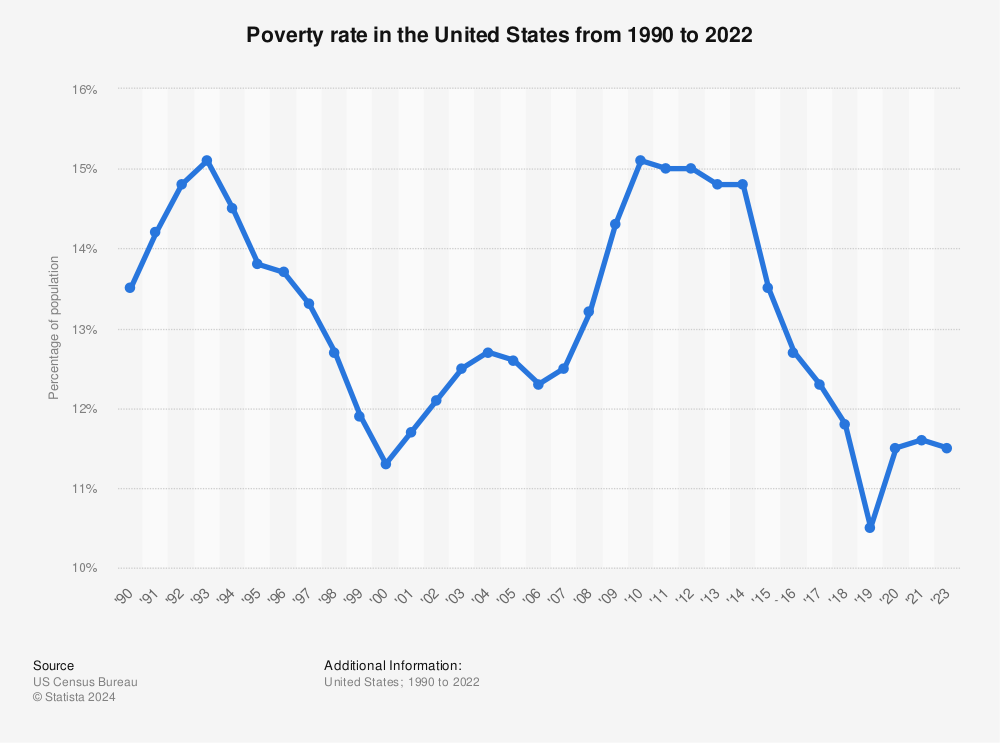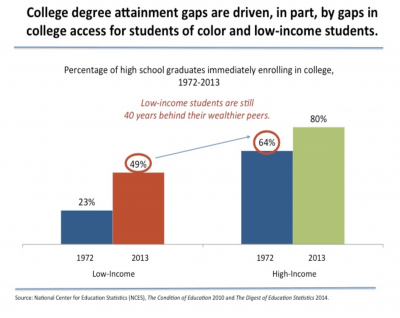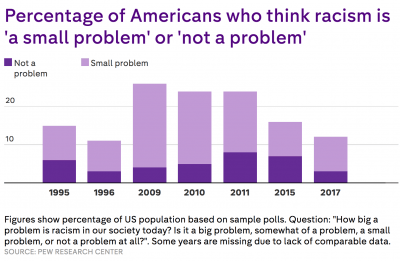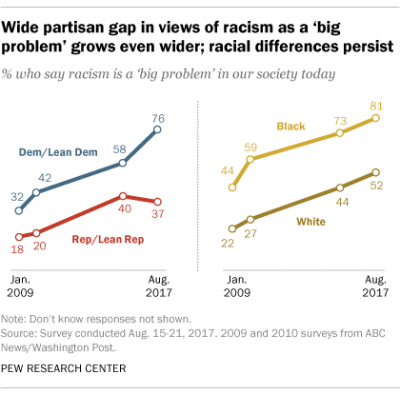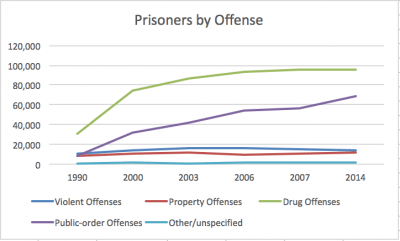Is it weird to think that a country could introduce a policy that limits the amount of children a family is allowed to have? I think it is a bit odd, but I do understand the reasoning behind it. Throughout the middle of the 20th century, China’s population rapidly increased. From 1960-1975 the each woman on average gave birth to 5 children. But then, in 1979 the One Child Policy was introduced to help control the population.
This strategy worked in population control, but not with gender demographics. Because, many families still work on farms, they decide to keep the male babies and put their female babies up for adoption. This resulted in a ratio of for every 120 men, there are 100 women. This ratio then suggests that by the year 2030, there will be over quintuple the amount of males who have never married. Since this policy has been implemented and then edited, now each woman on average has 1 to 2 children.
Lets break this down,
In 1960, the fertility rate was 5.75 children per woman
In 2018,: 1.64 children per woman
Decay rate: 1.65 children / 5.75 children = .285
Percent change 1-.285 = .715 = 71.5%
–> this suggests that there is a 71.5% decay rate of fertility per woman throughout the time in which the One Child Policy was applied.
I find it interesting that the government is controlling how many children each family is a allowed to have. As a child of the One Child Policy, I support the idea of why it the policy was applied, but it does not surprise me that there are more males and females and now the countries is concern is reproduction.



